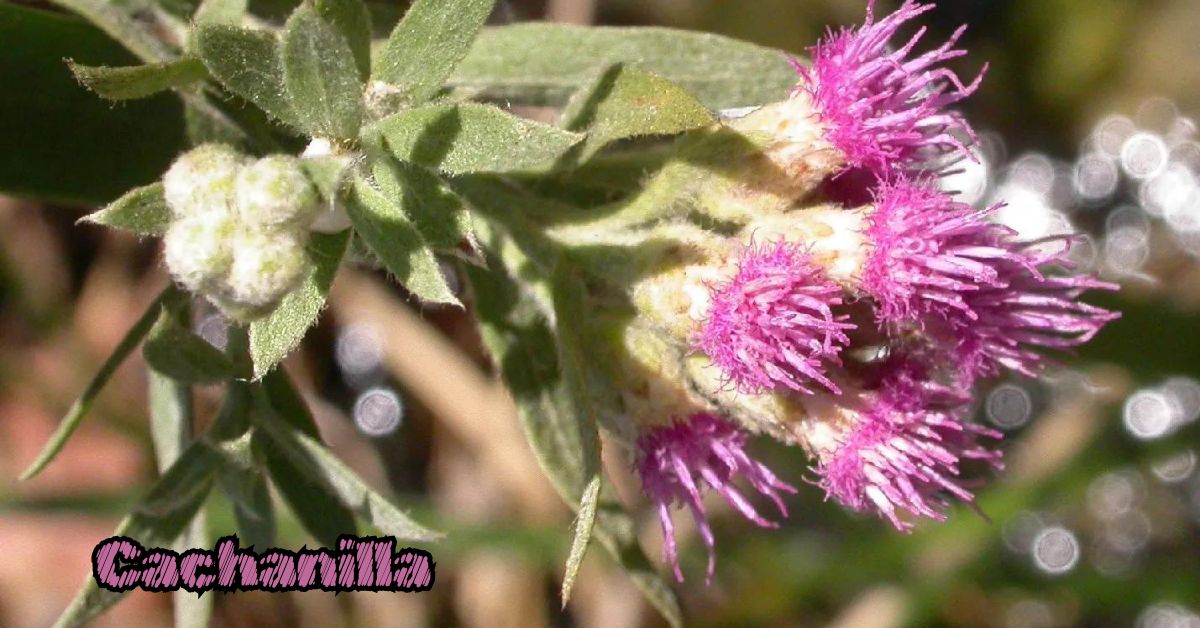Introduction
The term “Cachanilla” carries rich cultural and botanical significance, particularly in the regions of Baja California and the Mexicali Valley. It refers to both a native plant and the people of this arid region, symbolizing resilience, adaptability, and a deep connection to the land. This article delves into the multifaceted meaning of Cachanilla, exploring its botanical characteristics and cultural relevance.
Botanical Significance
The Cachanilla plant, scientifically known as Pluchea sericea, is a species of flowering plant in the aster family, native to the southwestern United States and northern Mexico. It thrives in the harsh conditions of arid and semi-arid regions, demonstrating remarkable resilience.
- Adaptability: The Cachanilla plant is well-adapted to survive in desert environments, where water is scarce, and temperatures can be extreme. It often grows near streams or in areas with a higher water table, showcasing its ability to thrive in challenging conditions.
- Physical Characteristics: This perennial shrub typically grows to about 1 to 2 meters in height. It has silvery-gray leaves covered in fine hairs, which help reduce water loss by reflecting sunlight and minimizing transpiration. The plant produces clusters of small, pink to purple flowers, which attract a variety of pollinators.
- Ecological Role: Cachanilla plays a vital role in its ecosystem, providing habitat and food for various wildlife species. It helps stabilize soil in riparian areas, preventing erosion and contributing to the overall health of the desert environment.
Cultural Significance
The term “Cachanilla” extends beyond its botanical roots to embody the spirit and identity of the people in the Mexicali Valley and surrounding areas.
- Regional Identity: People from Mexicali, the capital city of Baja California, proudly refer to themselves as “Cachanillas.” This nickname symbolizes their connection to the land, reflecting qualities of resilience, endurance, and adaptability, much like the plant itself.
- Historical Roots: The origins of the term are deeply rooted in the history of the region. The early settlers and indigenous communities who adapted to the harsh desert conditions were often associated with the Cachanilla plant, which became a symbol of their perseverance and ability to thrive in adversity.
- Cultural Celebrations: The identity of Cachanilla is celebrated through various cultural events and festivals. These celebrations often include traditional music, dance, and cuisine, highlighting the rich heritage and pride of the people.
- Literature and Art: The symbolism of the Cachanilla has also permeated local literature and art. Poets, writers, and artists frequently draw on the imagery of the Cachanilla plant to convey themes of strength, survival, and connection to the land.
Economic Importance
In addition to its cultural and ecological significance, the Cachanilla plant has practical uses that contribute to the local economy.
- Medicinal Uses: Traditional medicine often utilizes parts of the Cachanilla plant for its therapeutic properties. It is believed to have anti-inflammatory and antiseptic qualities, and it is used in remedies for various ailments.
- Craft and Construction: The hardy stems of the Cachanilla plant are sometimes used in traditional crafts and construction. They can be woven into baskets, mats, and other useful items, showcasing the resourcefulness of the local communities.
Conclusion
The Cachanilla, both as a plant and a cultural symbol, encapsulates the spirit of resilience, adaptability, and pride that defines the people of the Mexicali Valley and Baja California. Its ability to thrive in harsh desert conditions mirrors the perseverance of the communities that have made this region their home. Through its botanical characteristics, cultural significance, and practical uses, the Cachanilla continues to be a powerful symbol of heritage and strength. As we explore and appreciate the rich tapestry of meanings associated with the Cachanilla, we gain a deeper understanding of the profound connection between people and their environment.










